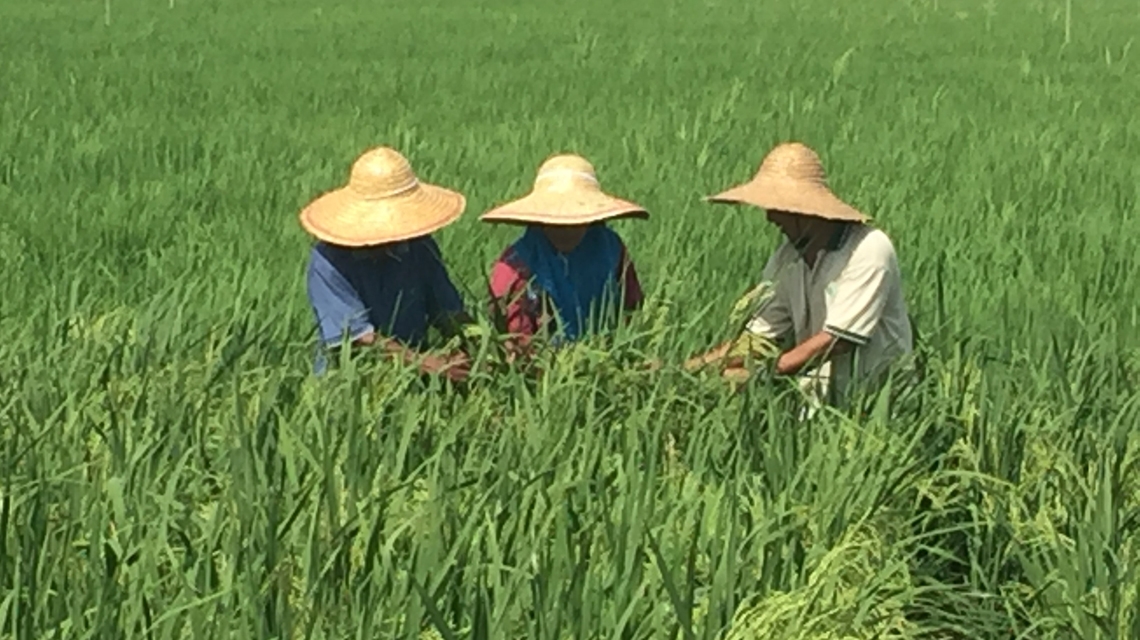In 2020, more than 80 developing countries from all over the world have received support from the IAEA in partnership with the Food and Agriculture Organization of the United Nations (FAO) in improving food security and agricultural development with the use of nuclear and nuclear-related techniques. These techniques are used increasingly in support of the United Nations Sustainable Development Goal Zero Hunger at a time when some 80 per cent of the world’s extremely poor people live in rural areas and most of them rely directly on agriculture for their livelihoods, according to the FAO.
The Joint FAO/IAEA Programme of Nuclear Techniques in Food and Agriculture contributes annually to more than 250 IAEA technical cooperation projects and leads around 25 coordinated research projects towards increased global food security and sustainable agriculture, including for displaced people fleeing conflicts.
On the occasion of World Food Day, here are some of the successful outcomes of our collaboration from this year, demonstrating how nuclear and nuclear-related techniques help to combat rural poverty and build sustainable food systems against the background of climatic changes and animal disease epidemics.














